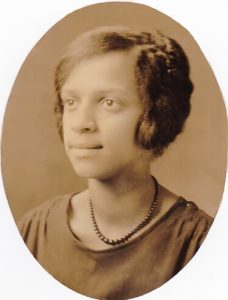 Harriet Elizabeth Brown was a Calvert County school teacher in the 1930s. In 1937, she became aware that white teachers were making almost twice the salary of Black teachers who had the same level of education and experience.
Harriet Elizabeth Brown was a Calvert County school teacher in the 1930s. In 1937, she became aware that white teachers were making almost twice the salary of Black teachers who had the same level of education and experience.
Brown contacted NAACP attorney Thurgood Marshall who worked with her to sue the county based on a violation of the 14th amendment to the U.S. Constitution.
On Dec. 27, 1937, the case was settled.
The result was that the Calvert County Board of Education agreed to equalize the salaries of white and Black teachers.
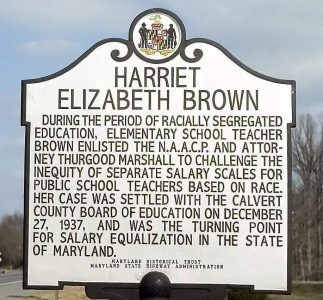 The case helped pave the way for the Maryland Teachers Pay Equalization Law and eventually changes in the state and country.
The case helped pave the way for the Maryland Teachers Pay Equalization Law and eventually changes in the state and country.
Norfolk Cases
There were two similar cases in Norfolk, Virginia soon after the Harriet Elizabeth Brown case in Maryland.
In early 1939, Aline Elizabeth Black, a chemistry teacher at Norfolk’s all-Black Booker T. Washington High School, filed suit to challenge the race-based teacher pay scales. Unlike in Maryland, Norfolk did not agree to settle, and a judge sided with Norfolk against Aline Black.
Norfolk then struck back against this well-respected veteran teacher by refusing to rehire her for the 1939-40 school year and deducting $4.01 from her final paycheck to make up for the school day she missed while in court.
On June 24, 1939, about 1,200 mostly African American residents held a rally and waved signs comparing the Norfolk School Board with Hitler and Mussolini.
In the fall, another African American teacher, Melvin O. Alston, agreed to be the plaintiff in a similar lawsuit with Thurgood Marshall as his lawyer. A Circuit Court judge ruled against Alston, but the Fourth Circuit Court of Appeals reversed the decision, ruling that separate-and-unequal salary tracts violated the 14th Amendment.
The U.S. Supreme Court refused to consider Norfolk’s appeal, thereby setting the Alston victory as a legal precedent. Soon, similar pay equalization lawsuits were filed throughout Virginia.
Additional information can be found at the Encyclopedia of Virginia.
Our thanks to volunteer Michael Knepler for providing this story.

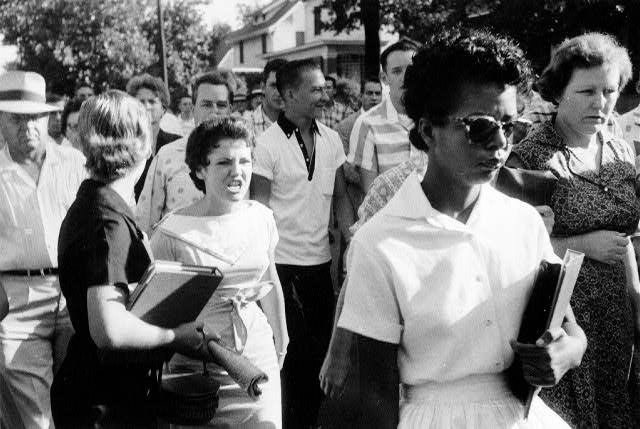

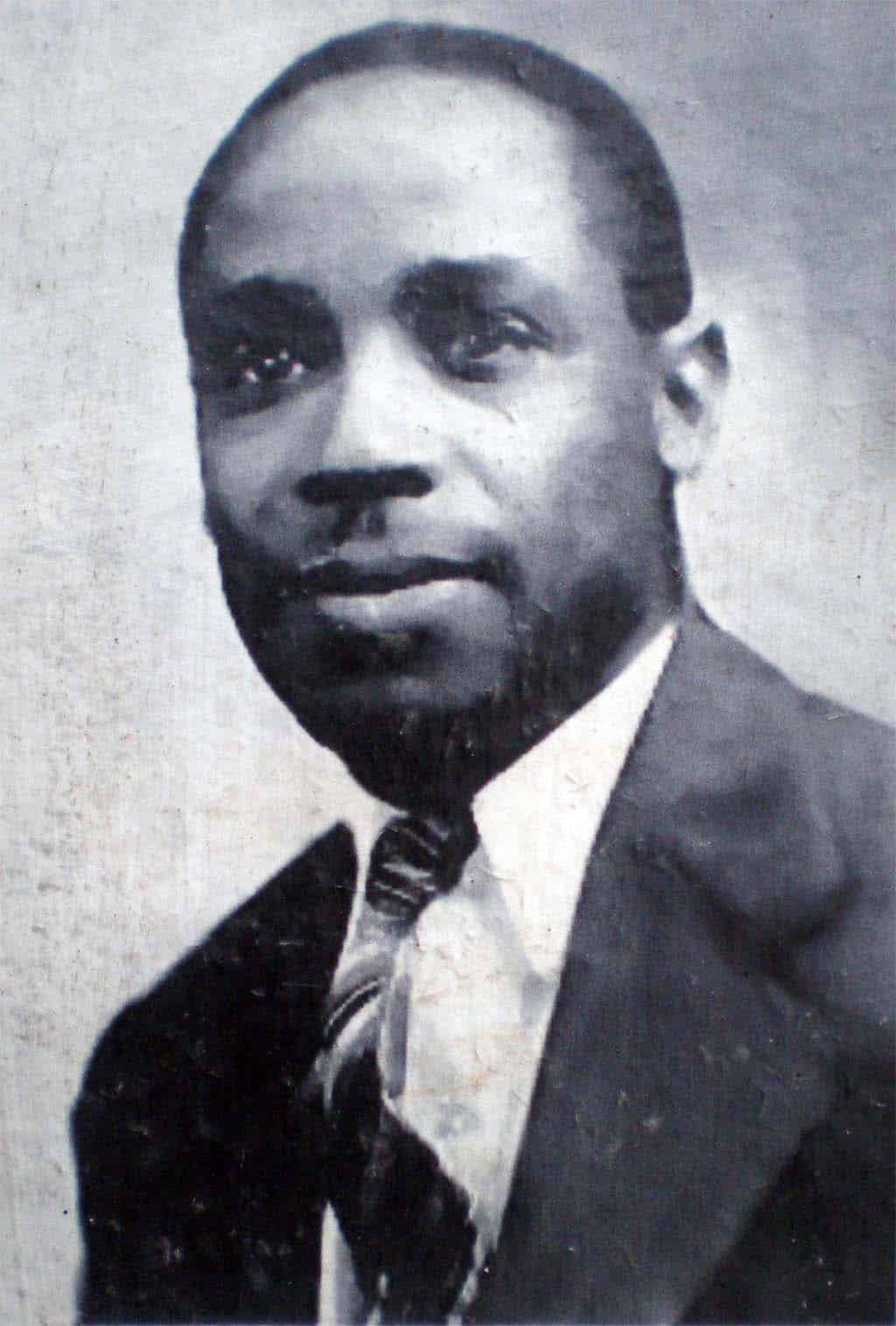

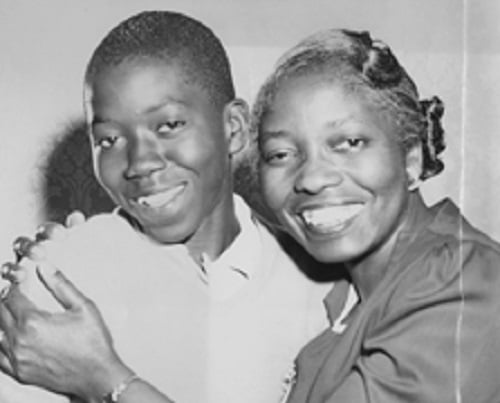
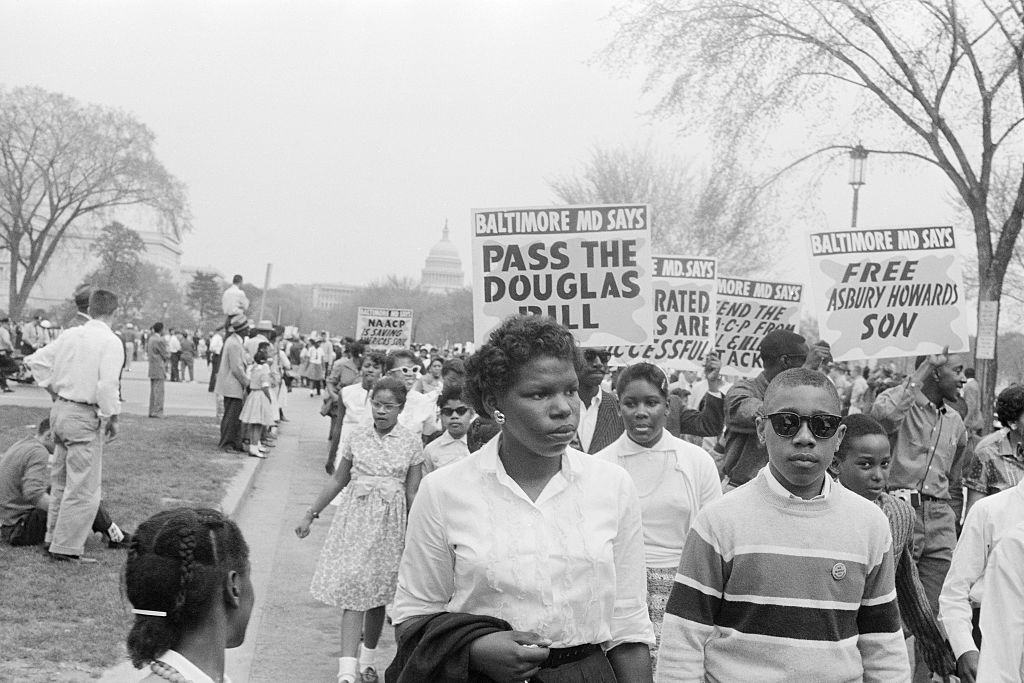





Twitter
Google plus
LinkedIn